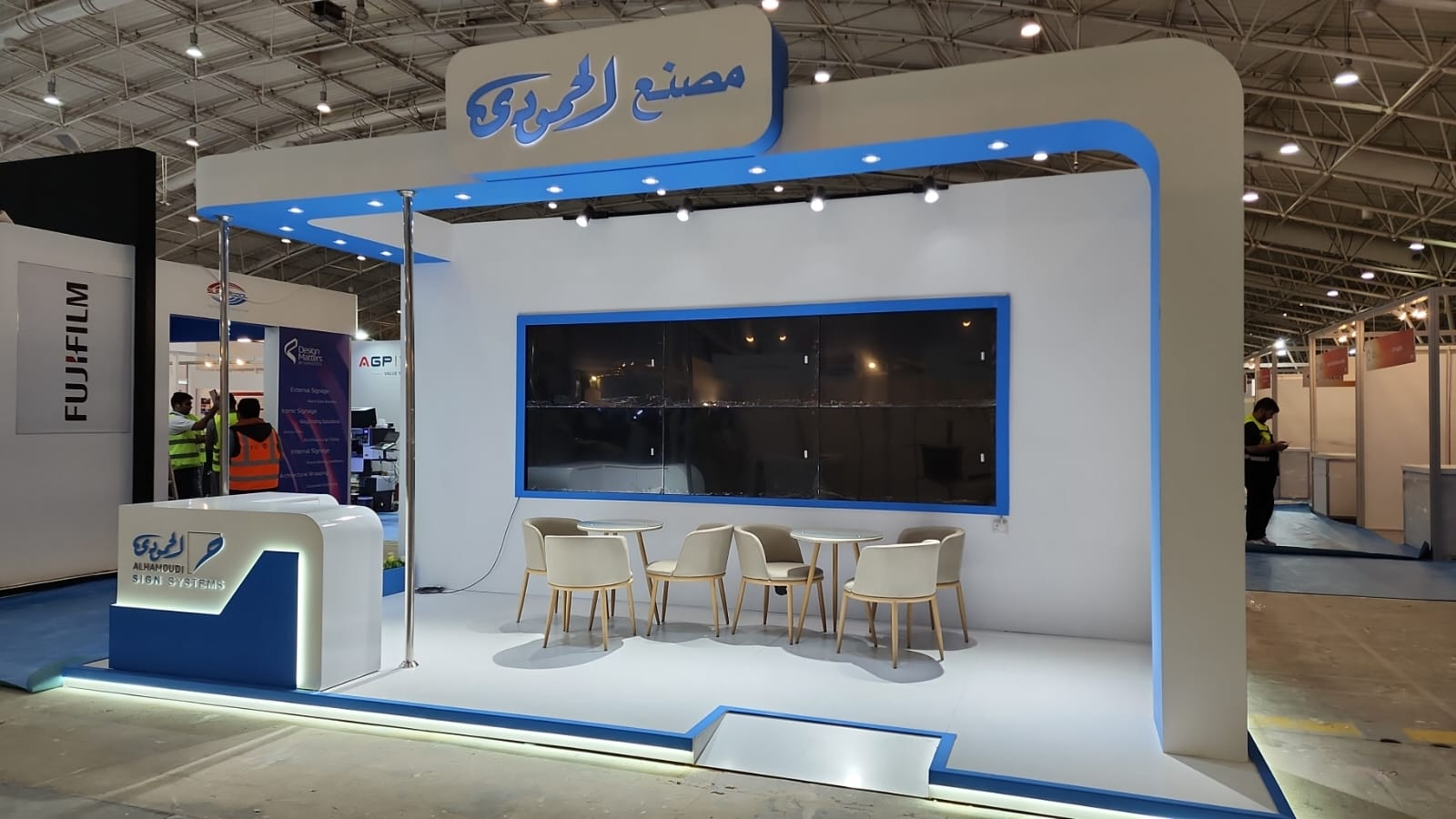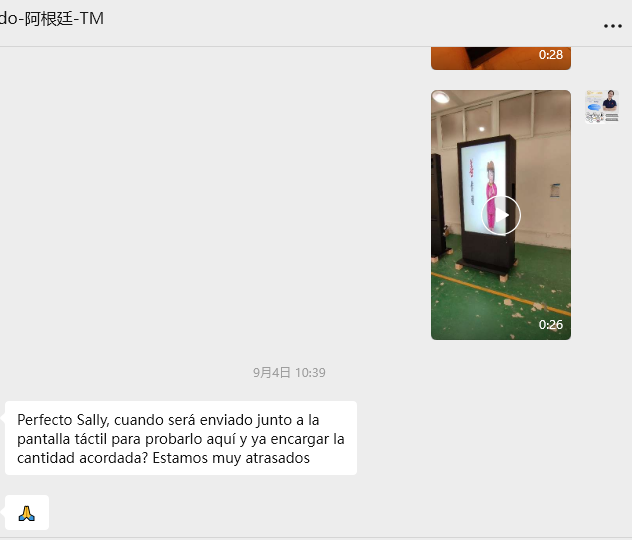The Application of Video Walls in Restaurants 2
4. Sports Bars and Multi-Screen Entertainment
Perhaps one of the most obvious applications of Video Walls in restaurants is in sports bars. A Chicago sports bar installed a massive video wall composed of multiple high-resolution screens. Unlike traditional large TVs, the Video Walls allowed the bar to split the display into different sections, showing several games at once.
Fans could follow basketball, football, and baseball simultaneously without missing any action. For major championship events, the bar switched to full-screen mode, giving everyone a stadium-like experience.
The result was a significant increase in foot traffic during game days. Customers chose this venue over others because the video wall offered an unparalleled viewing experience. The bar also monetized the setup by promoting beer brands and food deals on smaller portions of the screen during halftime. This hybrid use of entertainment and advertising created additional revenue streams while enhancing customer satisfaction.
5. Interactive Ordering and Customer Engagement
Video walls are not limited to passive display; they can also be interactive. A Korean BBQ restaurant in Seoul integrated a touch-enabled Video Walls that allowed customers to explore the menu in detail. Guests could browse through meat cuts, see chef recommendations, and even get wine-pairing suggestions.
This not only improved ordering efficiency but also entertained customers while they waited. Diners became more engaged with the menu and felt more confident in their choices, leading to higher satisfaction. Additionally, the restaurant gathered data from customer interactions, such as which dishes were most frequently viewed, helping management optimize menu design.
6. Marketing and Cross-Promotion
Restaurants also use Video Walls for marketing beyond food. A café in London partnered with local artists and musicians to display digital art and music videos on its Video Walls during off-peak hours. This approach not only created a lively environment but also attracted a younger audience interested in culture and creativity.
By offering their wall as a platform for local talent, the café positioned itself as a community hub. Meanwhile, cross-promotions with local brands helped the café generate additional revenue while diversifying its customer base.
Conclusion
The adoption of Video Walls in restaurants is more than just a technology trend—it’s a strategic move that reshapes customer experience, branding, and revenue generation. From luxury steakhouses and fast-casual chains to sports bars and themed restaurants, these digital displays provide unmatched flexibility and creativity.
Video Walls serve multiple functions: they can impress guests at the entrance, act as dynamic menu boards, enhance dining atmospheres, entertain sports fans, support interactive ordering, and enable cross-promotions. As restaurant competition intensifies, the ability to deliver a memorable and engaging dining experience will be crucial, and Video Walls are proving to be a powerful tool in achieving that goal.
Looking forward, as display technology becomes more affordable and user-friendly, Video Walls will likely become standard in restaurants of all sizes. Their ability to combine functionality with customer engagement ensures that they will remain a cornerstone of digital transformation in the food and hospitality industry.


